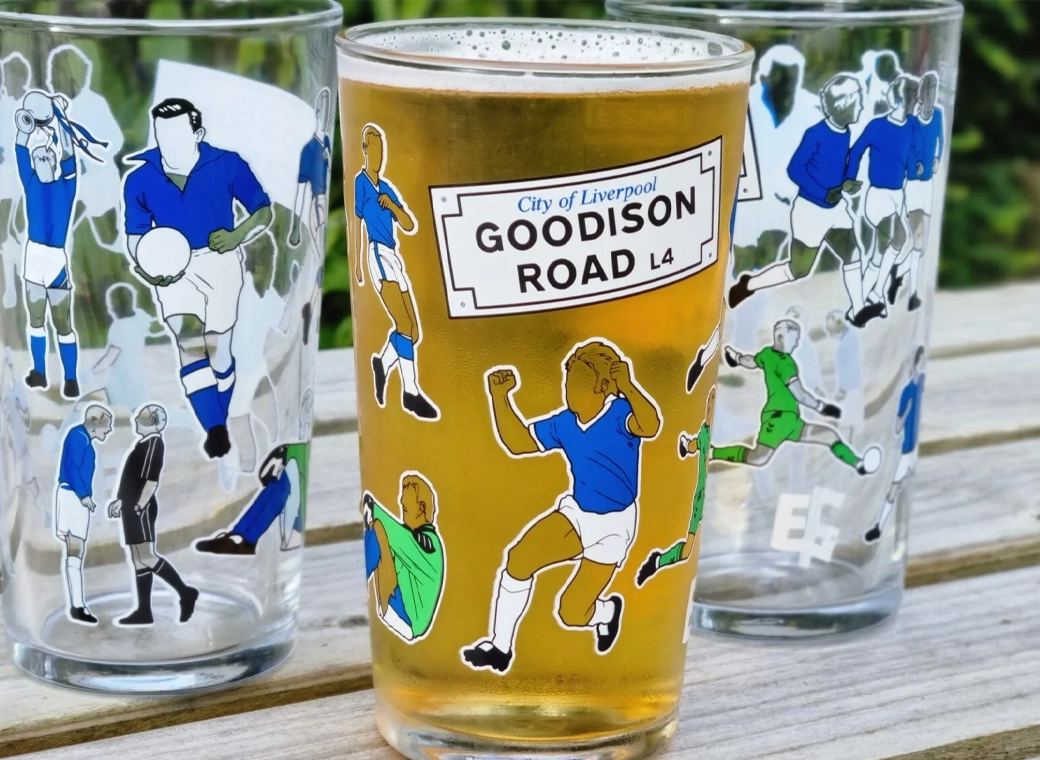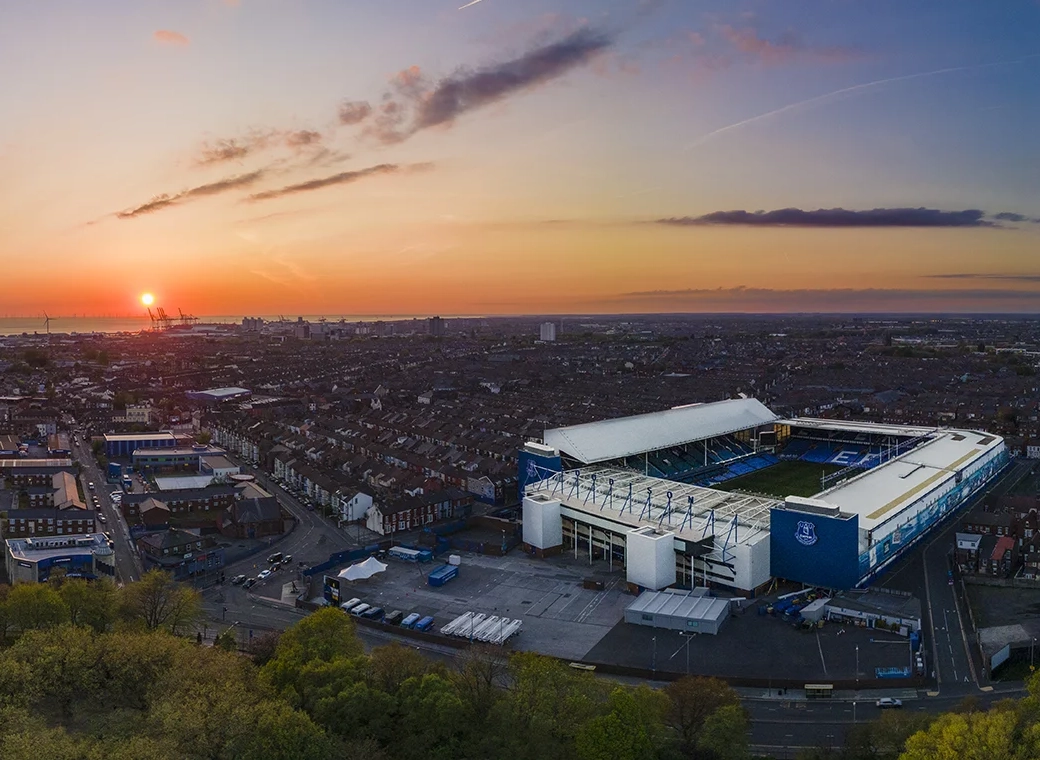Woolly Blue
Player Valuation: £80m
http://www.theguardian.com/football/blog/2015/nov/01/football-heading-brain-damage
I am staring at images of human brains. Damaged human brains. One, in particular, fascinates me. It looks similar to a textbook MRI scan of a concussed brain, yet the injuries it shows were not caused by the sort of collision – eight-ounce glove on exposed jaw, rutting head on rutting head – that leaves a crowd gasping and a player unsure whether their next step will be a lurch forwards or a stumble sideways. No. This brain was damaged by simply heading a football. A lightweight, modern football.
We are all aware some old-time players – most notably and tragically Jeff Astle, the former West Bromwich centre-forward – suffered degenerative brain disease from repeatedly heading leather balls. But while modern footballs are lighter and more waterproof, research by scientists at Purdue University in Indiana suggests they may not negate the dangers from heading hard shots and high punts. The researchers focused on women’s football, which is known to have the highest concussion rates among female athletes – although, somewhat paradoxically, little is known about the number and magnitude of head impacts.
Eric Nauman, the director of the Human Injury Research and Regenerative Technologies Laboratory at Purdue University, along with his colleagues Tom Talavage and Larry Leverenz, sought to change that by tracking two high school teams and one collegiate level squad over a season. At every training session and match players wore an xPatch sensor behind their right ears, allowing the academics to monitor not only the G-force of every impact to the head but the rotational acceleration of the brain after every impact greater than 20g. The researchers’ thoroughness didn’t end there. They also monitored each session to see what types of impacts were causing the most force – and took MRI scans before, during, and after the season, to track changes in each player’s brain.
Several discoveries startled them. First, the forces generated by heading back goal-kicks and goalkeeper’s punts were much higher than expected. Some registered at between 50g and 100g – similar to American Football players crashing into each other or punches thrown by boxers. What’s more, as Nauman explains: “The percentages of 100g hits was effectively the same between women’s college soccer and American Football, which really surprised us. And while American Football players tend to take more hits overall in a given practice session and game, the college soccer players were getting hit every day and so it evened out.”
Their results – some of which have recently been published in the Journal of Biomechanics – also showed college players experienced impacts of greater than 20g an average of 4.59 times every time they trained or played, more than double the figure for high schoolers. Because college players tend to head a football on most days they, in Nauman’s words “took blow after blow and absorbed a lot more energy in their brains”.
Of greater significance still are the results of the MRI scans on these women’s players, which are currently under peer review. As Nauman explains: “We looked at how the blood vessels responded to these headers, and the players who were in the top half for hits taken you could see their vasculature was damaged. These are things that can heal, but they need rest.
And that is the key. Rest. A football shouldn’t necessarily be dangerous. But if you head away thunderbolt shots or goalkeeper’s clearances regularly there is a risk that the brain can suffer several sub-concussive injuries – those impacts with no readily observable symptoms that can cause injury to the brain. These can even be more serious than heavy collisions which leave players foggy and groggy. As Nauman explains, “If you actually compare the brains of people who have taken lots of sub-concussive hits to ones that have taken a single big hit, the sub-concussive brains often look worse. I don’t think people appreciate that yet.”
Worryingly, some of the college soccer players had brain injuries as bad as the American footballers that the Purdue University team have studied. That should be a wake-up call to sceptics who can’t imagine that a lightweight football can cause significant damage. What next? First and foremost, the academics believe there needs to be much more research in this area. That won’t surprise people. They’re academics after all. That’s what they do. But few would dispute we need a better understanding of these risks from junior level, where brains are growing, to the professional game.
And greater awareness too. A major problem is that with sub-concussive injuries people don’t realise they have damaged their brains. And so they keep going. “You can bruise any other part of your body and it feels sore,” says Nauman. “But when the same thing happens to your brain it doesn’t have the pain receptors to tell you to ease off for a few days. That is enough to really cause problems.”
Nauman also would love to put sensors on a Premier League team to judge the effects. “I’m willing to bet that if a Premier League keeper kicks it out and a player heads it back they could be pushing 150g or 160gs,” he says. Would that potentially be more dangerous? Probably not, he says, because men’s necks are stronger and therefore can absorb the extra force. But Nauman would like to make sure. “After all, our study on women’s soccer players altered our preconceptions. And with soccer it’s clear we’re only scratching the surface.”
I guess the question is, what can be done to mitigate the risk. I'm guessing here, but with women footballers necks not being as strong as the mens equivalent, then the effect is likely to be magnified, but by how much ?
Problem is, you could make the ball lighter for womens footie, but that would change the game.

 , need the data like the sensors and brain scans to assess whether there is an issue and if so the correct ways to deal with it.
, need the data like the sensors and brain scans to assess whether there is an issue and if so the correct ways to deal with it.







